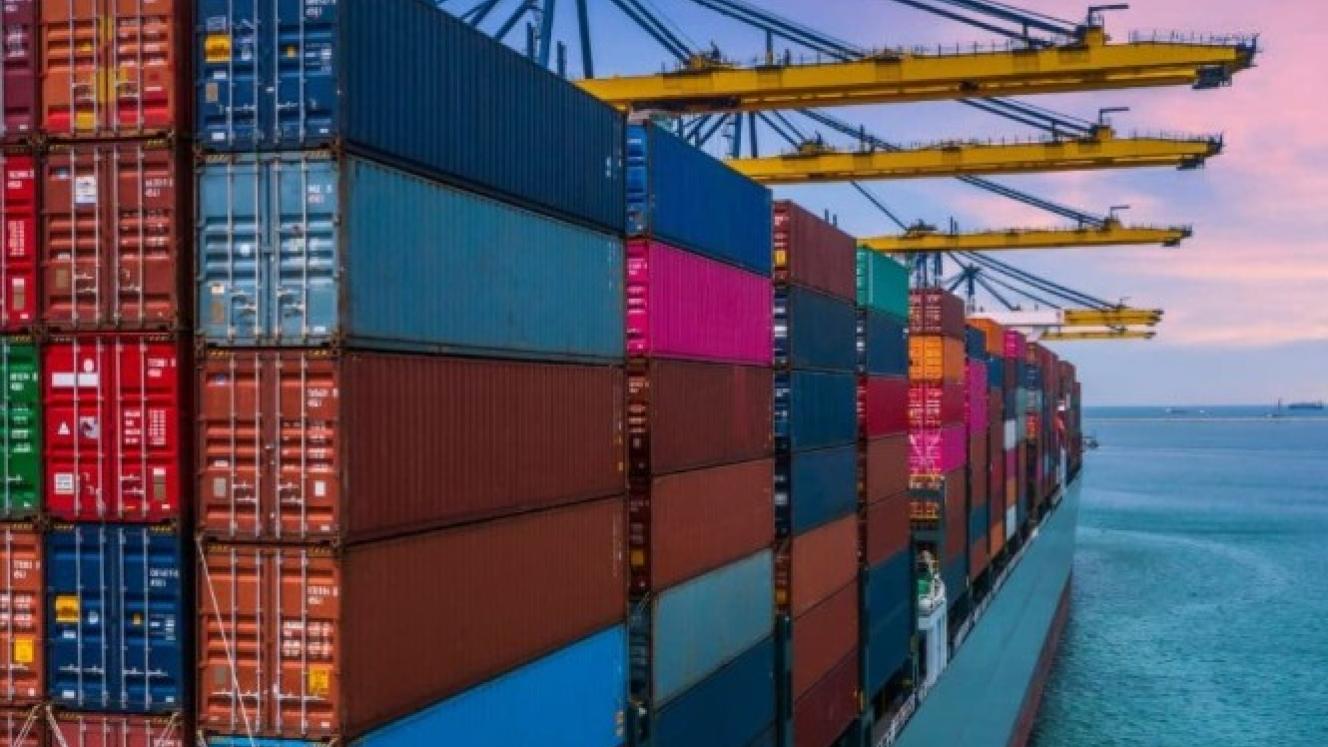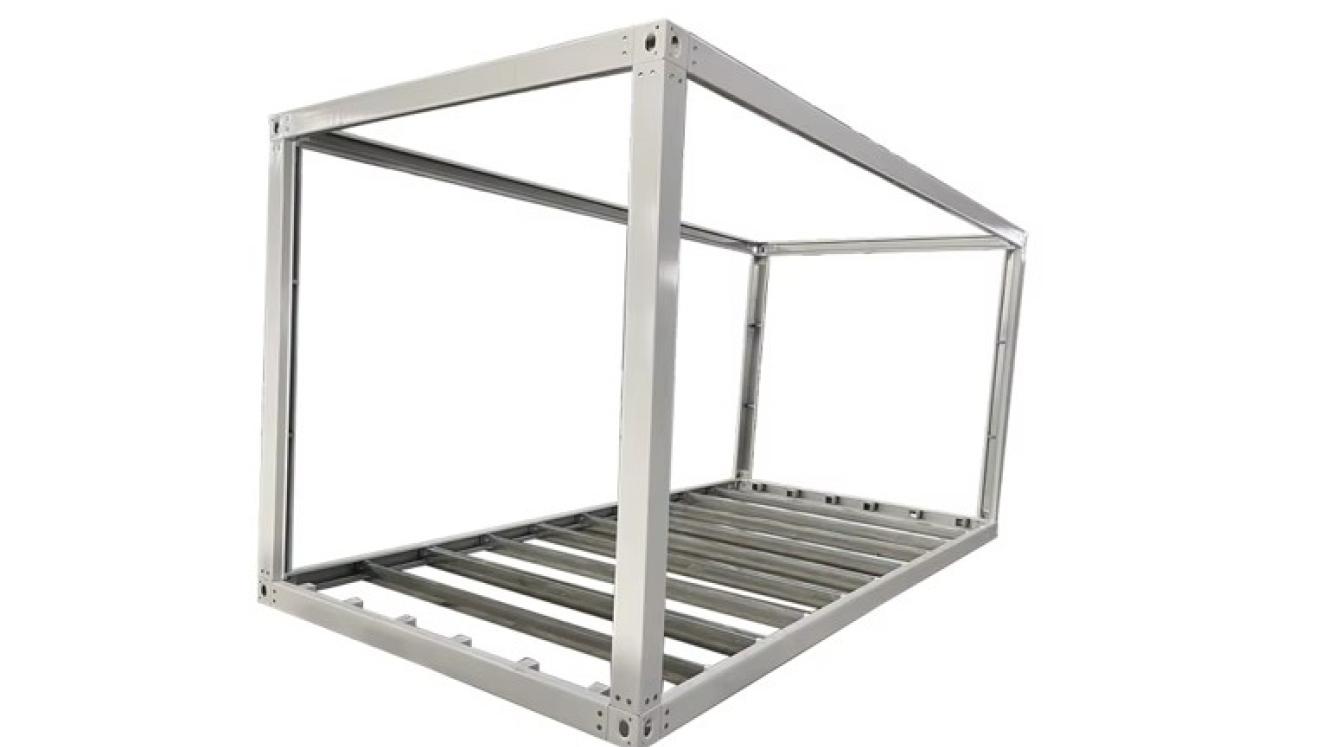Ocean freight rates for 40-foot containers (FEUs) by the middle of August were mostly stable and holding firm but on a significantly lower trajectory compared to peak levels seen in past, disruption-prone periods, various credible sources report.
The global average price for an FEU is around $2 424, Drewry's World Container Index shows.
This represents a 56% decrease from the same time last year, related to the recent turmoil in the Middle East.
The 12-day Iran-Israel conflict was an ongoing Red Sea risk because of maritime traffic disruption by Houthi attacks out of sympathy with the situation in Gaza.
Rates on major routes such as Shanghai to Rotterdam and Shanghai to Los Angeles have fallen by around 59% and 61% respectively, ocean logistics tracker Freightos says.
This has also been confirmed by British cargo consultancy, MoverDB.
The Freightos Baltic Global Freight Index shows similar trends, with the global average cost for an FEU at approximately $2 203.
This decline reflects slowing demand due to uncertainties in trade policies, tariff adjustments, and geopolitical tensions. For example, rates from Asia to the US West Coast have dropped about 60% from their mid-June highs, and East Coast rates have declined by 30%.
Despite continued trade-lane volatility in the market, mainly because of the Red Sea situation and resulting overcapacity, ocean shipping remains the most cost-effective method for international freight.
However, the market still faces volatility from ongoing economic and geopolitical factors, including US tariff policies and security issues in key shipping regions like the area south of the Suez Canal.
Overall, the container shipping market is seeing easing pricing pressures but remains sensitive to global trade dynamics and capacity adjustments by carriers.
Earlier this month, Reuters reported that Asia-US sea freight rates were set to drop further in 2025 as shipping capacity outpaced demand and trade routes shifted due to tariffs and geopolitical tensions.
However, vessel rerouting is expected to limit some losses, industry experts said.
Average spot rates for containers from Asia to the US west and east coasts have slumped by 58% and 46%, respectively.
This has been the general trend since June 1, and these rates are expected to fall further, according to shipping analytics firm Xeneta.













